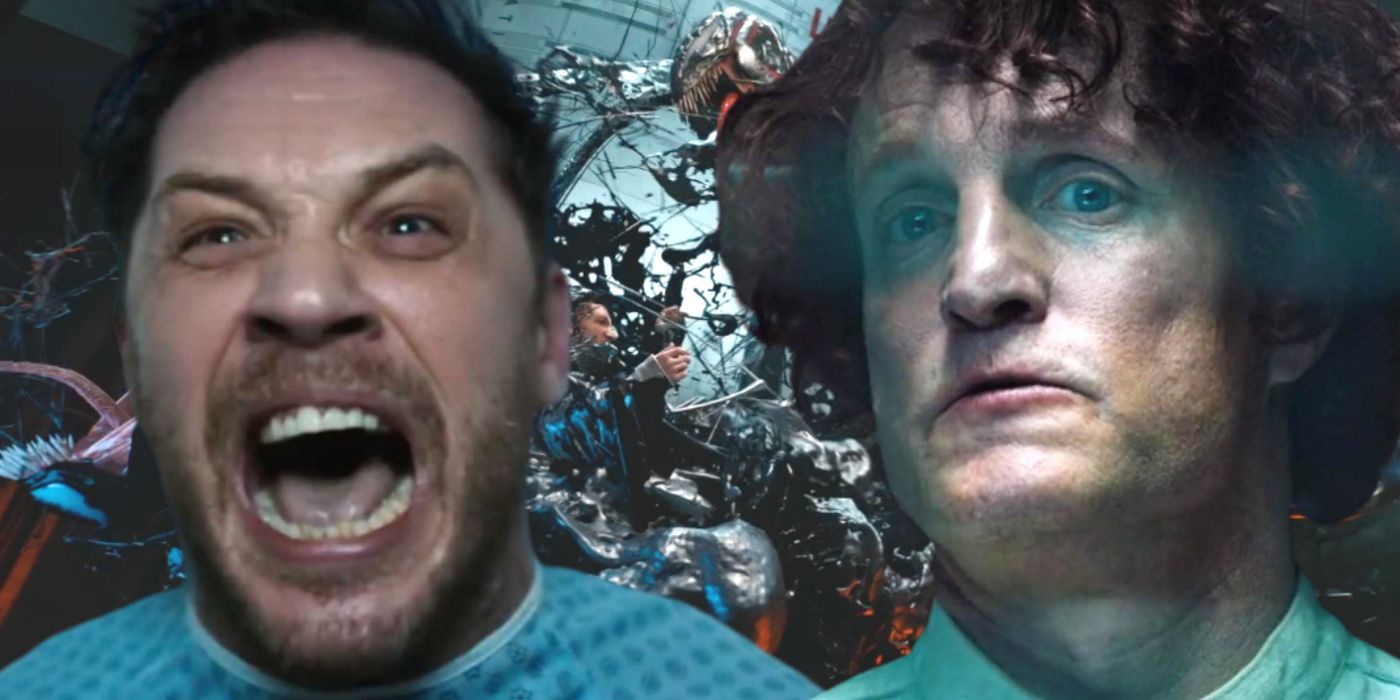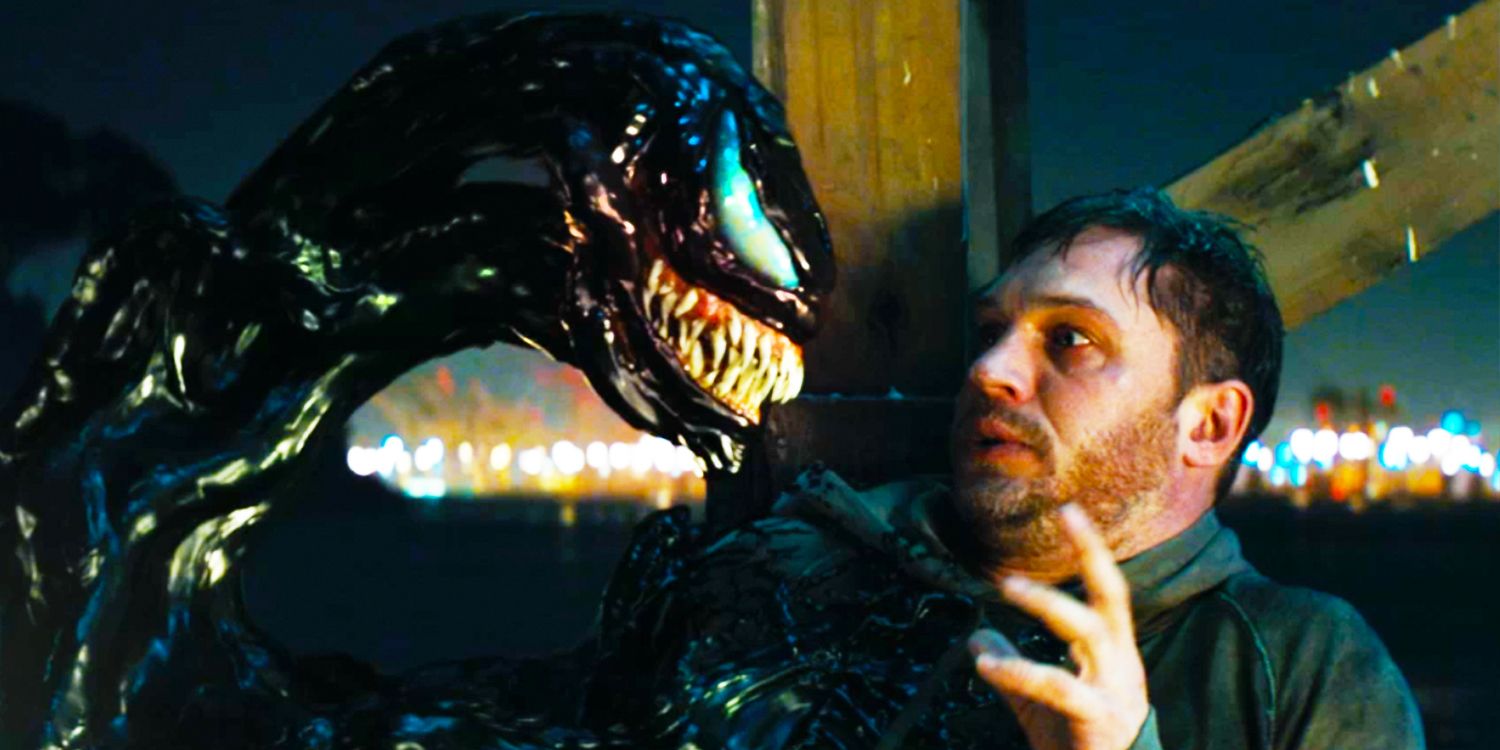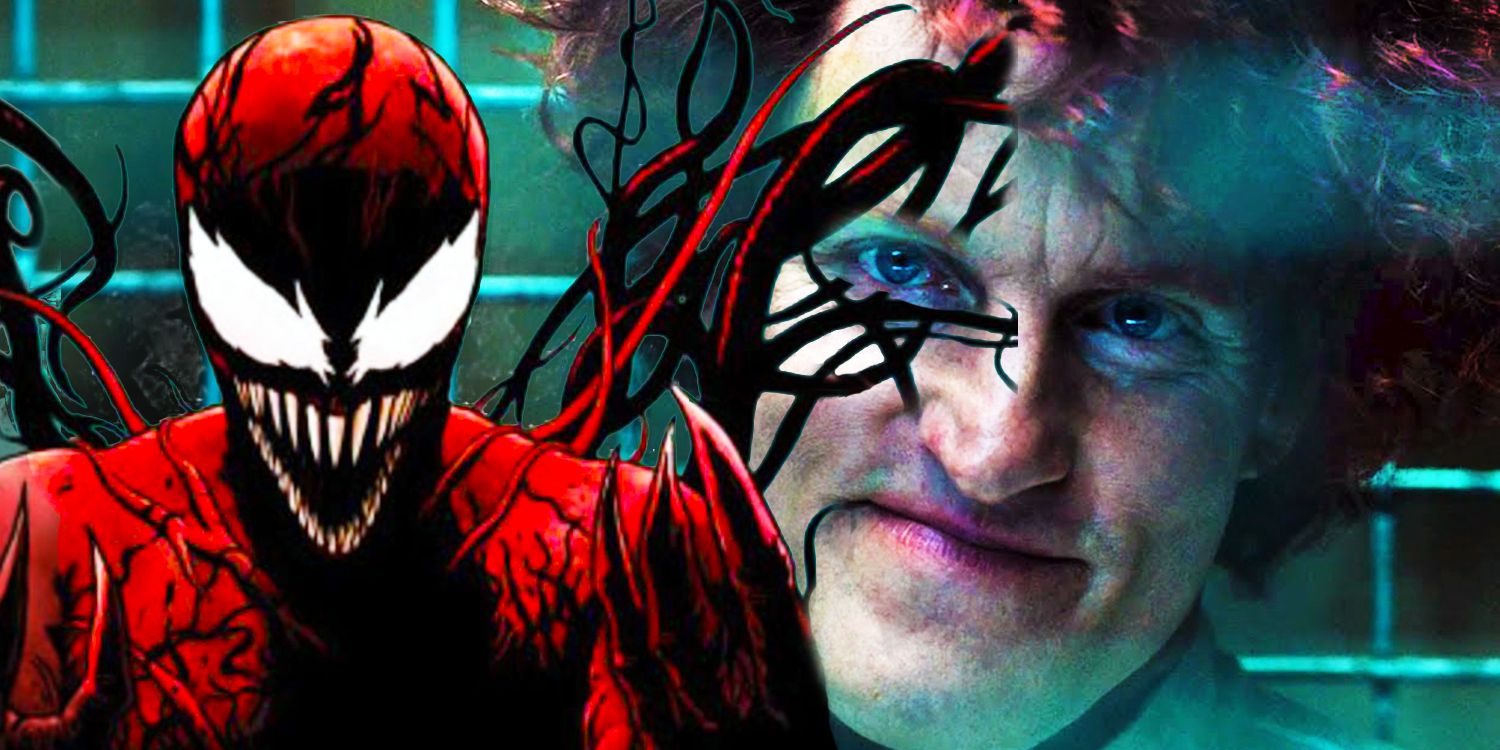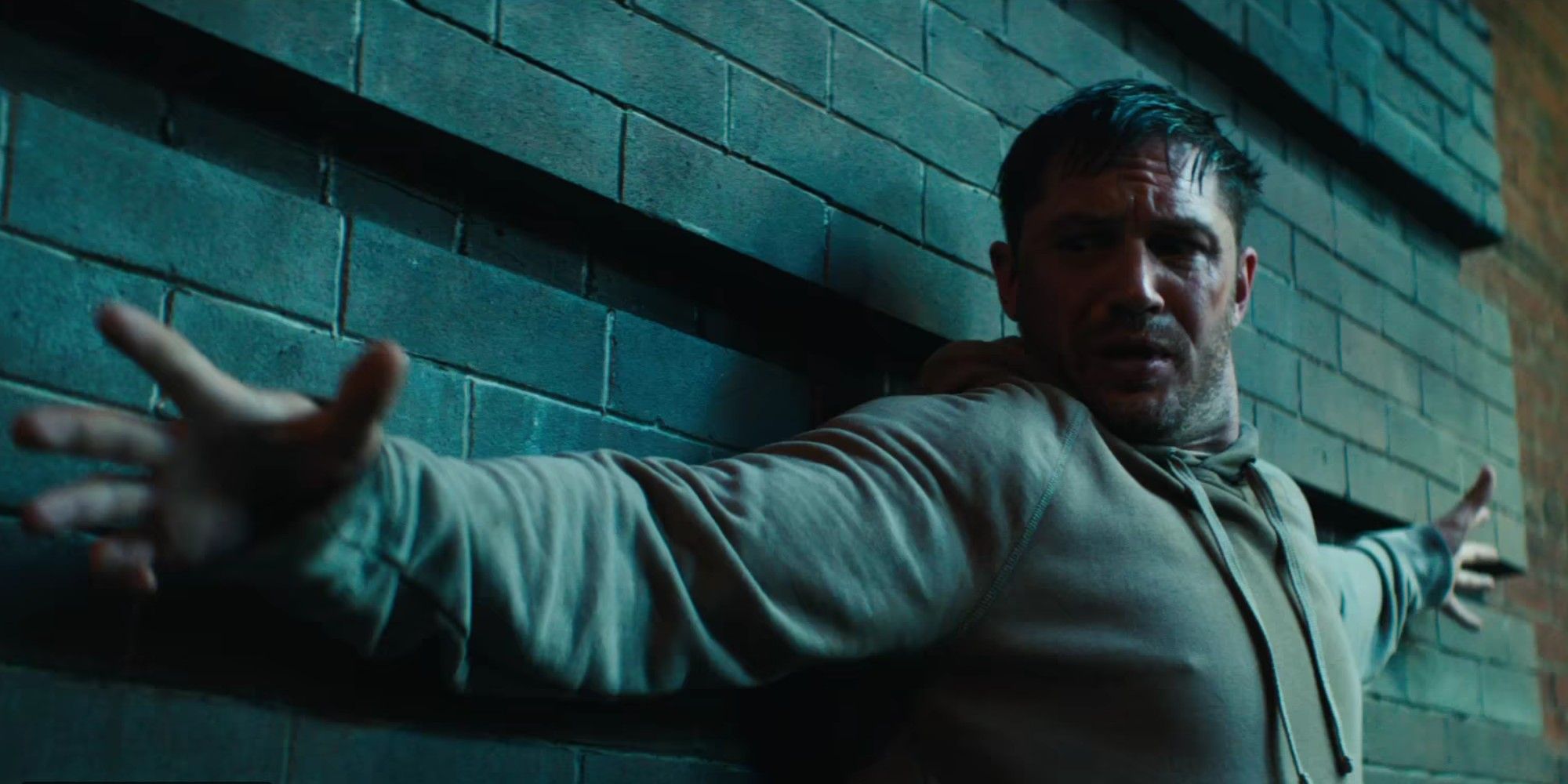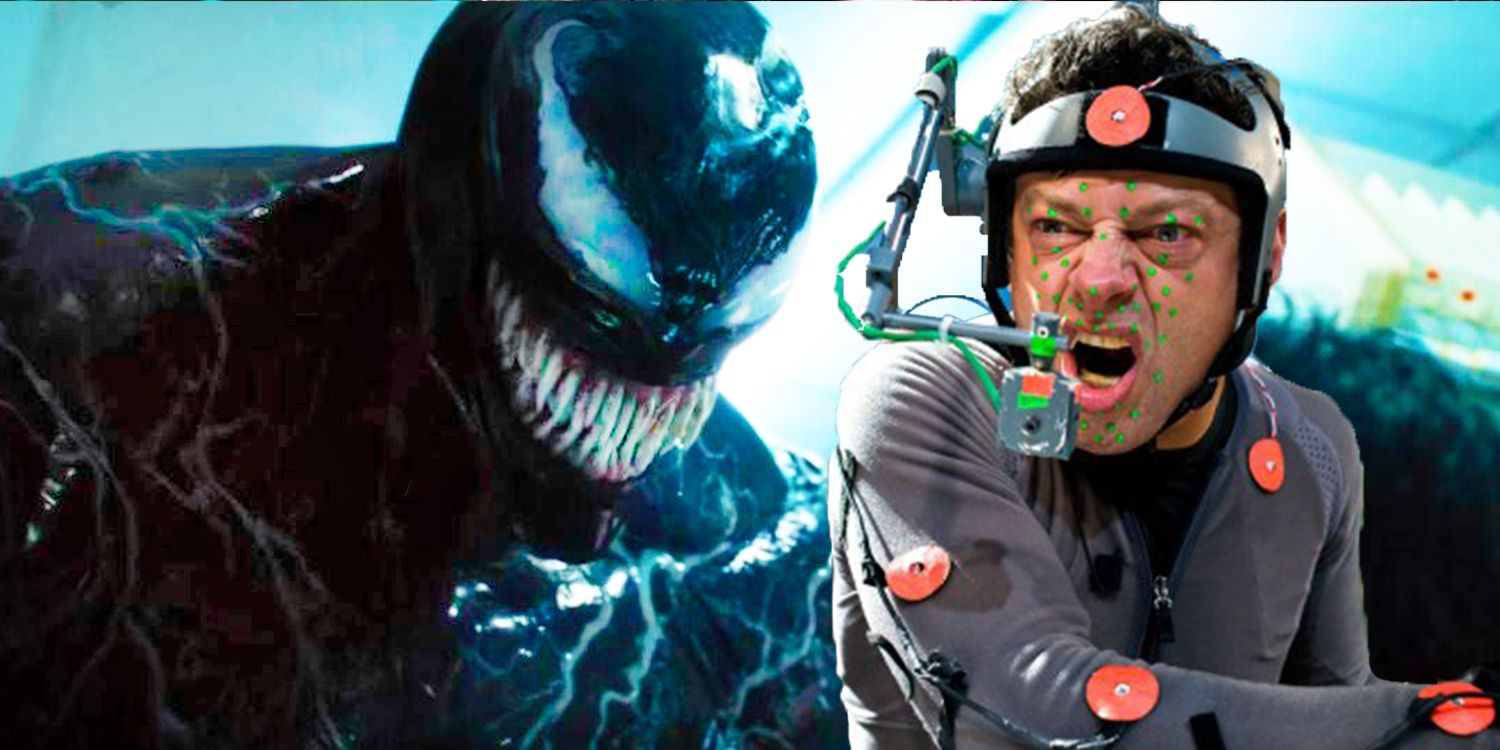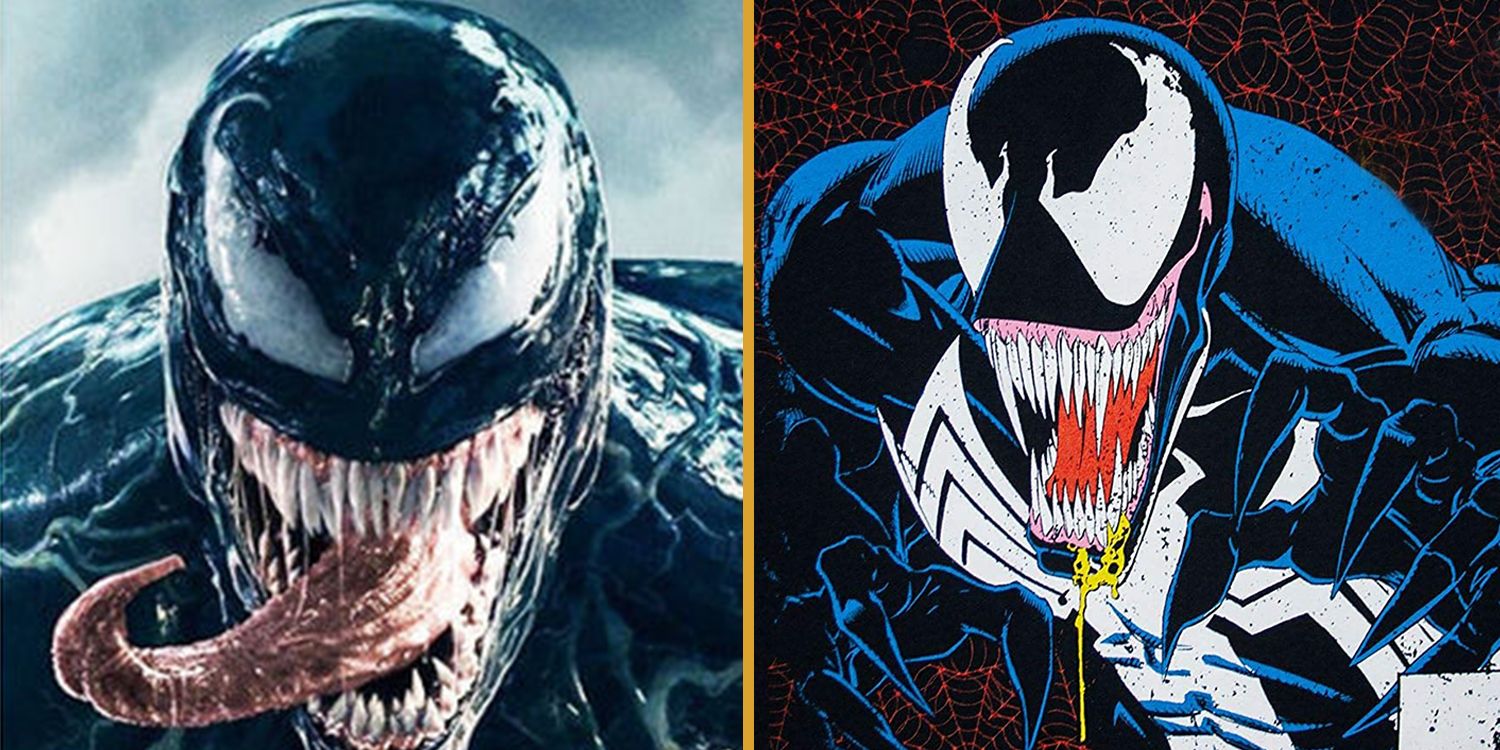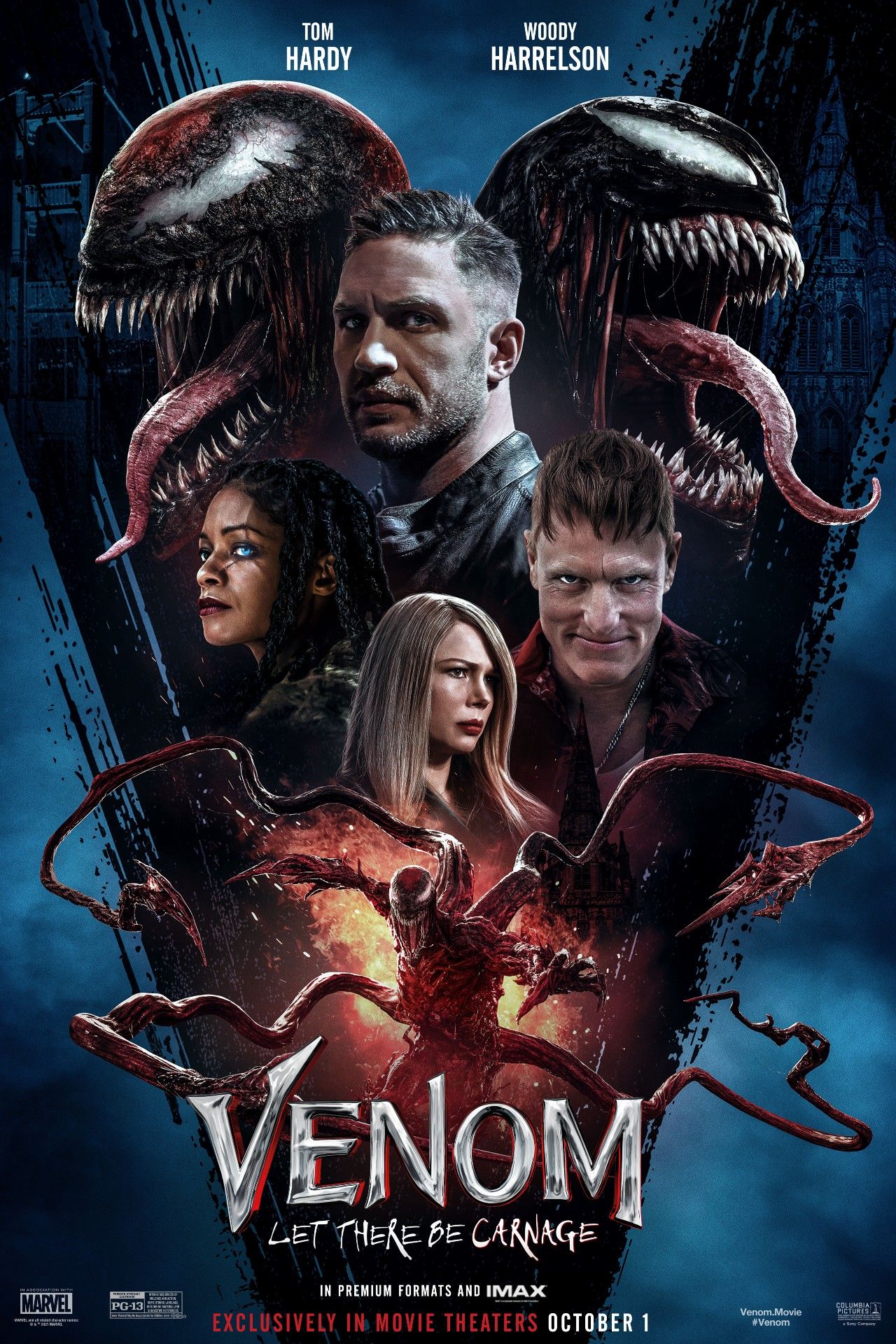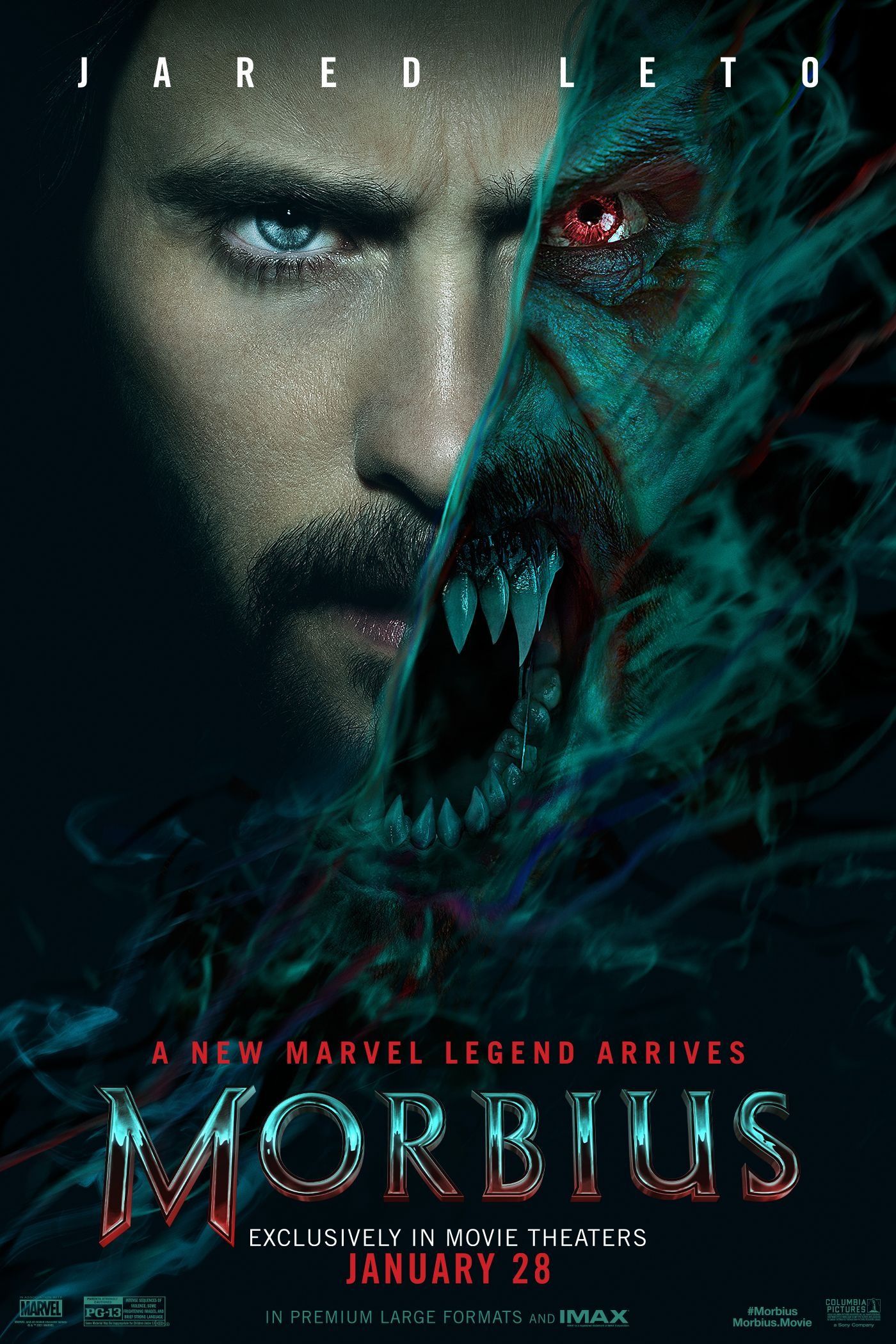The upcoming Venom: Let There Be Carnage can fix all of the flaws from the first Venom movie and help the Sony Marvel films establish a stronger presence in the superhero genre. The 2018 Venom solo movie is the first installment in the Sony Pictures Universe of Marvel Characters that stands apart from (but is still connected to) Disney's Marvel Cinematic Universe and will be joined by next year's Morbius, followed by future spinoffs centered on Spider-Man's rogue gallery. Unfortunately, Sony's first shot at Venom became one of the most divisive movies of the last decade due to its ambivalence toward its source material, tone, and pacing.
Venom retold the origin story of one of Spidey's most famous foes after the deal between Marvel and Sony let the latter correct its previous failed attempt to adapt the character to the silver screen in the last installment of Sam Raimi's Spider-Man trilogy. This remake breaks most of the character's ties with the Spider-Man lore and focuses on Venom's connection with other symbiotes. Unlike his comic book counterpart, who merges with Venom due to his hatred for the web-slinger, this adaptation of Eddie Brock (Tom Hardy) gets possessed by the alien parasite when he tries to uncover shady human trials developed by a bio-engineering corporation called Life Foundation. The duo forms a strong bond and sets out to prevent the CEO (Riz Ahmed) - who in turn bonds with the sadistic symbiote Riot - from bringing more of their kind to Earth. Venom seems to die in the attempt but is ultimately revealed to remain inside Brock in secret. The mid-credits scene shows Brock meeting Cletus Kasady (Woody Harrelson), better known as the iconic villain Carnage, in prison - suggesting a future encounter that fans have longed to see for years.
Although it wasn't a bad foundation to start a franchise upon, the first Venom movie still left a lot to be desired. With so many superhero movies coming out every year and so many franchise titles set to release in 2021, Venom 2 needs to raise the bar to stand out from the crowd and build momentum for future sequels and spinoffs of Sony's Marvel properties. Here's what Let There Be Carnage needs to fix to achieve it.
Venom 2 Needs To Fully Embrace Its Ridiculous Tone
Since the very first trailer came out, Venom was sold as a gritty suspense film that bordered on the disturbing body horror genre. Tom Hardy's performance of an uneasy freak possessed by a monster, the gloomy cinematography, and the hints of brutal action sequences are elements from the movie's marketing that remained in the final product. However, they clashed with the film's unexpected high doses of goofy humor, over-the-top fights between the symbiotes, and the lighthearted relationship between Eddie Brock and Venom. What's curious is that the silliest aspects of the movie ended up being the most entertaining, while the seriousness that was promised in the first place was generally panned. Tom Hardy clearly seemed to enjoy the moments when he got to play around with the character, as evidenced by how the movie picks up speed in its most frantic sequences.
Venom: Let There Be Carnage doesn't necessarily have to follow Deadpool's wall-breaking extravaganza, or even Thor: Ragnarok's brand of wacky humor. Instead, what the Venom sequel needs the most is a good dose of self-awareness. The first movie established how the symbiote messed around with Eddie and developed an eccentric personality of his own, which can be further expanded into a more playful tone for the sequel. The acceptance of Venom's inherently absurd elements may allow Venom 2 to have more creative freedom and design clever action sequences, more pleasing visuals, and more memorable moments that don't depend on realism. Let There Be Carnage should take advantage of its independence from the MCU and think outside of the box of superhero movies. Any groundbreaking element that the sequel could manage to accomplish may also distinguish Sony's Marvel movies as their own thing and give way to more innovative products down the line.
Venom 2 Needs A Better Villain
Venom went the safe way with the tried-and-true method of having the protagonist fight an evil version of himself. This approach has worked for countless other superhero movies since Iron Man with Iron Man (Robert Downey Jr.) vs Iron Monger (Jeff Bridges) and The Incredible Hulk with Hulk (Edward Norton) vs The Abomination (Tim Roth). The trope has continued to thrive in recent movies like Black Panther with the titular character fighting against Killmonger. Riot accomplished the goal of uniting Eddie Brock and Venom for the same cause, but he lacks originality as a standalone character. Even visually, he's almost indistinguishable from Venom, apart from being somewhat lighter in color and using a scythe as his weapon of choice.
Venom 2 Needs To Embrace The 'Symbrock' Romance
Embracing a less serious tone would also help the sequel give Carnage more freedom to be a more unique villain who isn't a slightly more vicious duplicate of the protagonist. After all, Carnage is one of the most recognizable psychopaths in all of comic book history. The sequel has to do him justice with a unique take on the character that develops his personality and motivations to their highest possible degree, instead of having him reiterate another classic movie villain plan to conquer or destroy the planet. The most feasible solution is to tap into Woody Harrelson's performance as Mickey Knox in Natural Born Killers as an inspiration for a charismatic serial killer with the ability to enthrall the audience and simultaneously gross them out with his sheer ruthlessness. This way, Venom 2 could also continue to fix the age-old "villain problem" of action movies in which the antagonists are killed off after just one movie to never be seen again. The Venom 2 title Let There Be Carnage suggests an amplified focus on Cletus Kasady, and the film should be faithful to that.
Venom 2 Needs Better Cinematography
Venom's biggest visual flaw is that it was completely unremarkable, paling in comparison to the pieces of fan art that the movie inspired. The film doesn't have a single shot that catches the eye and the visuals feel flat all throughout. Even in the moments where Venom fights Riot, the film maintains the same monotonous aesthetic that it starts with, which undermines any sense of progress in the story. The permanent night setting contributes to the sinister aura of the character, but it doesn't have any other element to balance it out within the frame and it never evolves along with the stakes of the plot.
That is not to say that Venom 2 should ditch all night sequences. A dark atmosphere can still illustrate the tenebrosity of the character, but it needs to be more visually appealing. Superhero movies have had moments of amazing cinematography throughout the years that have been ingrained in the memory of comic book fans. So, the Venom sequel could take a cue from the comics and other similar movies to design more moments of unrestrained spectacle. This allows the film to explore more entertaining sequences that are also appealing to the eye. Luckily, Venom 2 hired Robert Richardson, the Oscar-winning cinematographer behind highly-acclaimed movies like Quentin Tarantino's Once Upon a Time In Hollywood, Martin Scorsese's Hugo, and Oliver Stone's aforementioned Natural Born Killers - a clear sign of improvement.
Venom 2 Should Use Motion Capture For Its Symbiotes
A point in favor of Venom was that the symbiote had good enough CGI to not become a distraction to the audience. The fluid quality of the character looked realistic, especially when it came out of Eddie Brock's body to protect him. Contrary to the Venom from Spider-Man 3, this version was tall, robust, and was more expressive with his face. But unlike Thanos' CGI work in Infinity War and Endgame, Venom suffers from less natural gesticulation and his movements feel quite weightless at times. The dimensions of the character may have improved his design, but they were also the aspect that impeded Tom Hardy from performing the motion capture himself. Shooting Venom's CGI sequences was particularly awkward. Besides being slimy and ever-changing, Venom's eyes and mouth are enormous and less anthropomorphic than Thanos'. This was an additional challenge to shooting the motion capture of a massive character on-set, as the rest of the actors would have to react according to the unpredictable bodies of the symbiotes.
Venom 2: What Andy Serkis’ Previous Movies Reveal About The Sequel
Since Andy Serkis got attached to direct Venom 2, the hopes for better CGI in the sequel shot through the roof. Serkis is best known for his talent in motion-capture performance, with previous roles such as Ceasar in the Planet of the Apes reboot franchise, the iconic Kaiju gorilla in Peter Jackson's King Kong, and, most recently, Supreme Leader Snoke in the Star Wars sequel trilogy. But the role that catapulted Andy Serkis' status as a motion-capture prodigy was Gollum. As a director with CGI-heavy experience under his belt (Mowgli: Legend of the Jungle) and a first-hand expert on the matter, he can create an even more realistic Venom that allows Tom Hardy's acting chops to shine from under the thick layer of black alien ooze. Not only can he improve the technical part of the process, but he can also become the perfect mentor when it comes down to motion capture performance, an upgrade that can give the antihero a solid personality that resounds with the audience just like Serkis' characters have done throughout the years.
Venom 2 Needs To Decide On Its Comic Accuracy
Without his connection to Spider-Man, Venom inevitably had to change his origin story from the comics - but unlike other comic book characters whose early stories can be altered with more freedom without much negative impact on the original fanbase (such as Wonder Woman and her multiple origins), Venom's comic book origins are inseparable from Spider-Man. The transfer of the symbiote suit from Peter Parker to Eddie Brock not only created one of his most emblematic foes, but it also established Eddie Brock's transformation into Venom as the physical manifestation of his everlasting resentment against the hero. Furthermore, the design of the villain-turned-antihero has always embodied a dark version of Spider-Man, as evidenced by the white spider logo and web-shooters that are absent from the movie adaptation. These are elements that, while not essential to make a good standalone movie - still detract from the fans' experience when watching it.
But even more important than picking what elements from the comics it should introduce to the franchise, Venom: Let There Be Carnage must decide what to leave out to keep the movie tight. One of the most pressing aspects for the sequel's success is the need to overcome the Spidey-shaped hole that so many fans focus on, either by bringing to the forefront other overlooked features from Venom's 30+ years of comic book lore or by forging a brand new path for the future of the character on the big screen. Either way, the decision needs to be clear and must take into account a possible connection between Venom 2 and the MCU's Spider-Man.
Considering that 2021 is the year of Spider-Man movies, the success of Venom: Let There Be Carnage is key to the future of the interconnected franchise in the superhero movie landscape. The sequel has a lot of expectations to meet, but the bright side is that all of the new additions to its production indicate that it will be hard not to exceed them. Now, it's not a matter of concept, but of execution.
Venom & Morbius Officially Set In The MCU: What This Means

